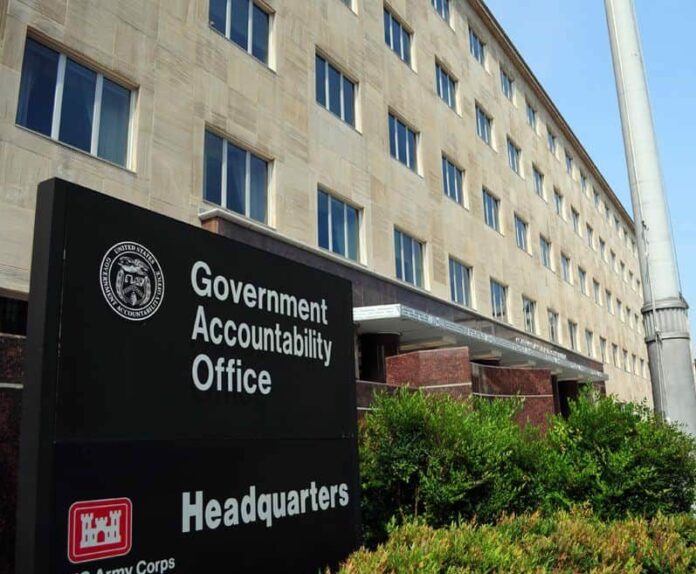In a perplexing twist for the $2.6 billion nuclear waste cleanup project, the U.S. Government Accountability Office (GAO) has issued a report shedding light on the U.S. Army Corps of Engineers’ need for substantial management improvements. The project, encompassing the cleanup of 19 sites contaminated by nuclear energy and weapons research, currently operates under an inefficient decentralized system. To address this conundrum, the GAO has laid out five critical recommendations in their report, aimed at revolutionizing the management of the Corps’ Formerly Utilized Sites Remedial Action Program (FUSRAP).
The GAO’s Game-Changing Recommendations
The report, unveiled on Tuesday, delivers a burst of insights and calls upon the Secretary of the Army, Christine E. Wormuth, to implement five crucial improvements within FUSRAP:
1. Elevating Program Management to New Heights
The first recommendation propels the Corps towards embracing “leading practices for program management.” It emphasizes the necessity of program-level risk management, urging the Corps to create a “risk register” tool for the project. This innovative approach will provide a comprehensive overview of the associated risks and guide decision-making.
2. Resource Allocation Reinvented
The second recommendation explores the optimization of staffing resources that are currently shared among multiple sites. By detailing this allocation in the program plan, the Corps can unlock the door to a more streamlined, efficient operation. This shift from the current disjointed approach holds the promise of heightened efficacy.
3. An Eye on the Bigger Picture
Incorporating past and future program costs into the FUSRAP plan is the third recommendation. This farsighted approach ensures that the program remains financially resilient and can address potential uncertainties.
4. Community-Centric Outreach
The report underscores the importance of incorporating the specific needs of communities affected by the irradiated sites into the cleanup plan. The Corps must also develop outreach strategies in line with the White House’s Justice40 Initiative, ensuring disadvantaged communities receive their due benefits.
5. Rising Costs and Uncertainties
The final bombshell revelation in the report concerns the cost of the cleanup project. Although initially estimated at $2.6 billion, uncertainties such as additional contamination and inflation could send this figure soaring. The report highlights that environmental liability costs have already surged by $1 billion since 2016 due to these factors.
$2.6B Nuclear Waste Project : A Call to Action
U.S. Rep. Jamie Raskin, a Maryland Democrat, has passionately called for immediate action in the wake of this groundbreaking report. He points out that the most vulnerable communities in the United States have long borne the brunt of nuclear pollution, with the residents of the St. Louis area grappling with multiple contaminated sites.



